Increasing Demand for Sports Events
The Metal Stadium Seating Market is experiencing a surge in demand due to the rising popularity of sports events. As more people attend live games, the need for durable and comfortable seating becomes paramount. Recent data indicates that attendance at major sporting events has increased by approximately 15% over the past five years. This trend suggests that stadiums are investing in high-quality metal seating to enhance the spectator experience. Furthermore, the growing number of sports leagues and tournaments worldwide contributes to this demand, as venues seek to accommodate larger crowds. Consequently, manufacturers in the Metal Stadium Seating Market are likely to focus on producing innovative seating solutions that cater to the evolving preferences of fans.
Customization and Personalization Trends
Customization and personalization are becoming prominent trends in the Metal Stadium Seating Market. As venues strive to create unique experiences for their patrons, the demand for tailored seating solutions is on the rise. This trend allows stadiums to differentiate themselves by offering personalized seating options that cater to specific audience preferences. For example, some venues are exploring the possibility of customizable seat colors, designs, and even features that enhance comfort. This level of personalization not only improves the spectator experience but also fosters brand loyalty among fans. As a result, manufacturers in the Metal Stadium Seating Market are likely to invest in flexible production processes that accommodate these customization requests.
Focus on Safety and Compliance Standards
Safety regulations and compliance standards are becoming increasingly stringent within the Metal Stadium Seating Market. Governments and regulatory bodies are implementing guidelines to ensure the safety of spectators in public venues. This has led to a heightened emphasis on the structural integrity and design of stadium seating. Manufacturers are now required to adhere to specific safety standards, which may include fire resistance, load-bearing capacity, and accessibility features. As a result, companies that prioritize compliance are likely to gain a competitive edge in the Metal Stadium Seating Market. The investment in safer seating solutions not only protects patrons but also enhances the reputation of venues, potentially leading to increased attendance and revenue.
Sustainability and Eco-Friendly Practices
Sustainability is emerging as a critical driver within the Metal Stadium Seating Market. As environmental concerns grow, stadiums are increasingly seeking eco-friendly seating options. Manufacturers are responding by developing products made from recycled materials and utilizing sustainable production methods. This shift not only aligns with global sustainability goals but also appeals to environmentally conscious consumers. Recent studies suggest that venues adopting green practices can enhance their brand image and attract a broader audience. Consequently, the Metal Stadium Seating Market is likely to see a rise in demand for sustainable seating solutions, as more organizations prioritize eco-friendly initiatives in their operations.
Technological Advancements in Seating Design
Technological advancements are playing a pivotal role in shaping the Metal Stadium Seating Market. Innovations such as ergonomic designs, integrated technology, and smart seating solutions are becoming more prevalent. For instance, some manufacturers are incorporating features like built-in charging ports and interactive displays into their seating designs. This integration of technology not only enhances the spectator experience but also attracts a tech-savvy audience. Moreover, the use of advanced materials and manufacturing techniques allows for the production of lightweight yet durable seating options. As these trends continue to evolve, the Metal Stadium Seating Market is likely to witness a shift towards more sophisticated and user-friendly seating solutions.


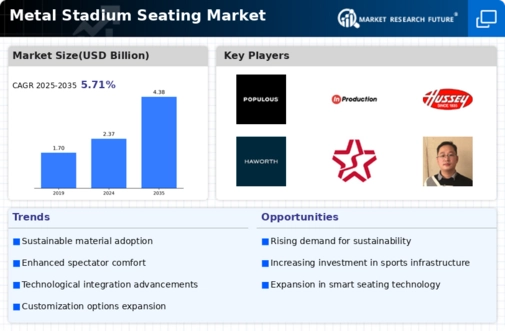
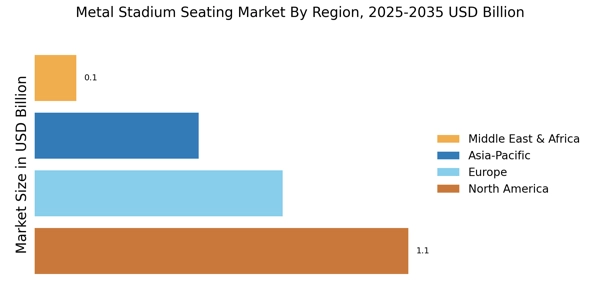
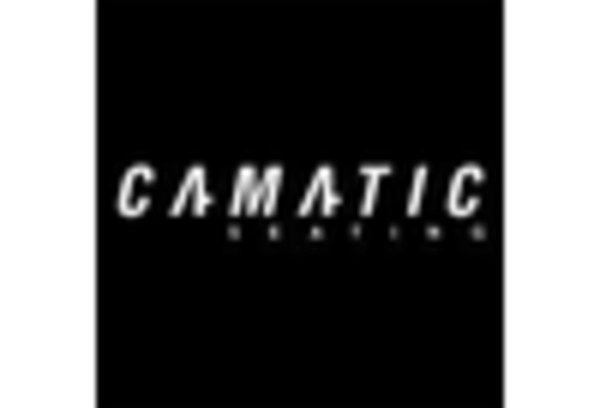
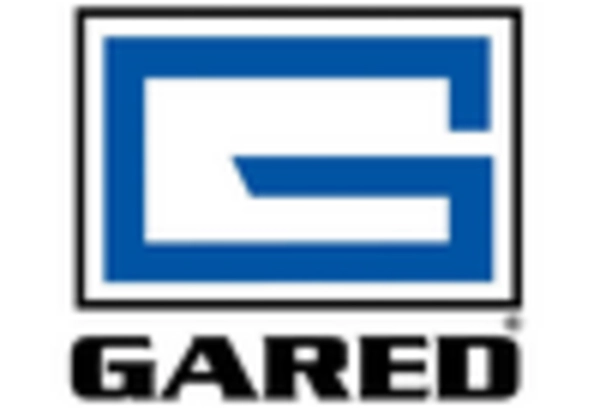

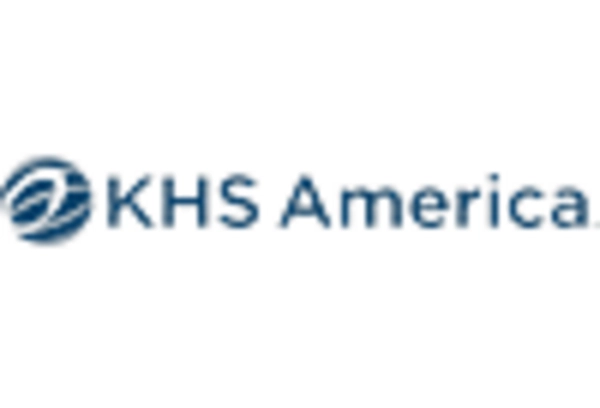
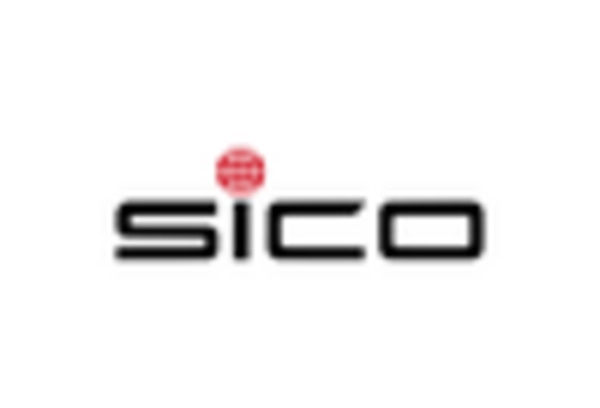
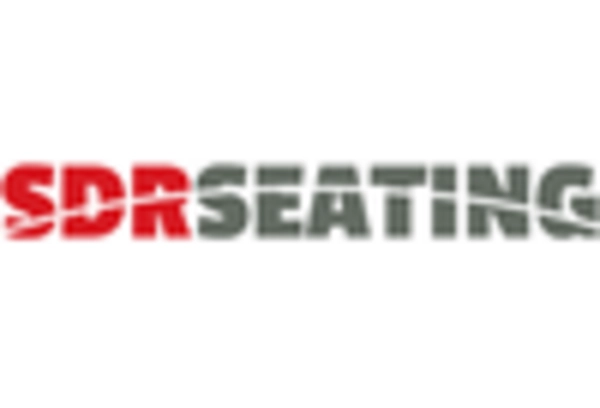








Leave a Comment